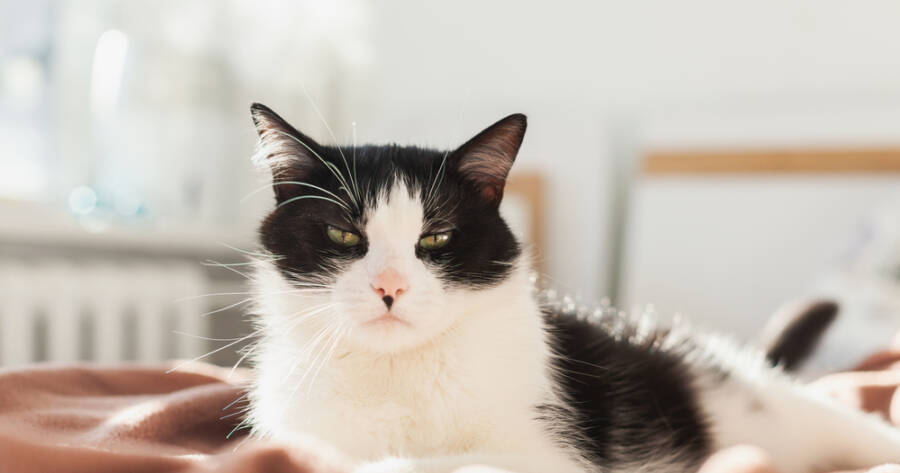Cats may seem low-maintenance, but mental stimulation is essential for their happiness. When boredom sets in, it can lead to destructive behavior, overgrooming, or attention-seeking habits. While naps are a big part of a cat’s day, they also crave play, exploration, and interaction. Spotting the signs of boredom (and knowing what to do about it) can help your feline friend stay healthy, content, and engaged, even in a quiet home.
Common Signs Your Cat Might Be Bored
Boredom in cats often shows up in subtle but telling ways. You might notice excessive meowing, increased aggression, or a sudden obsession with knocking objects off shelves. A bored cat may also pounce on your ankles or stalk imaginary prey out of frustration. These behaviors are rooted in a need for stimulation and aren’t just for mischief’s sake.
Other signs include sleeping more than usual, overeating, or obsessively licking one spot. Destructive behavior, like scratching furniture or chewing cords, can also be a red flag. If your cat starts acting out of character, boredom could be the underlying cause, and it’s time to shake things up in their environment.
Rotate Toys To Keep Things Fresh
Cats are naturally curious and can quickly lose interest in toys that never change. One simple way to keep your cat engaged is to rotate their toys every few days. Put a few away in a box and switch them out regularly to keep things feeling new and exciting. Even old toys can feel fresh again when reintroduced after a short break.
Interactive toys like feather wands, puzzle feeders, or battery-powered mice can bring out your cat’s playful side. Place toys in different locations around the house for a mini scavenger hunt. Switching things up often can renew interest and keep boredom at bay without having to constantly buy new things.
Create Daily Playtime Routines
Play is more than entertainment—it’s a way to mimic hunting and satisfy your cat’s instincts. Carving out even 10–15 minutes each day for interactive play can make a big difference. Wand toys, laser pointers, and chase games are great ways to help your cat burn energy and stay mentally alert.
Try scheduling play sessions around the same time each day. Many cats respond well to routine and will come to expect and look forward to that special time with you. Regular engagement helps reduce restlessness and builds trust, especially in cats that crave companionship but might not show it openly.
Add Visual Stimulation With Windows and Bird Feeders
Sometimes the best form of entertainment is just outside the window. A comfy perch near a window gives your cat a front-row seat to the world. Watching birds, squirrels, and people provides hours of visual stimulation and satisfies their natural curiosity, even when indoors.
Consider placing a bird feeder outside your cat’s favorite window or playing bird videos on your TV for extra engagement. Window hammocks, ledges, or even a tall cat tree near the glass can turn any room into a feline lookout point. Movement outside the home helps break up the day and keeps your cat’s mind active.
Encourage Independent Exploration
Boredom often stems from a lack of opportunity to explore. Set up different textures, levels, and hiding spots throughout your home to make things more interesting. Cardboard boxes, paper bags, tunnels, and shelves offer simple and safe ways for your cat to investigate and entertain themselves.
You can even hide small treats or toys around the house to spark their inner hunter. Creating a cat-friendly layout with climbing opportunities and cozy nooks helps your cat feel engaged without relying on constant attention. A stimulating home environment goes a long way in keeping boredom and stress away.
A Happy Cat Is an Engaged Cat
When your cat has opportunities to play, explore, and observe, they’re more likely to stay relaxed, healthy, and well-behaved. Recognizing the signs of boredom and offering consistent enrichment shows your cat they’re in a home that understands and supports their needs. Whether it’s interactive play, a sunny perch, or a hidden treat, even small changes can lead to big improvements in your cat’s daily happiness.

